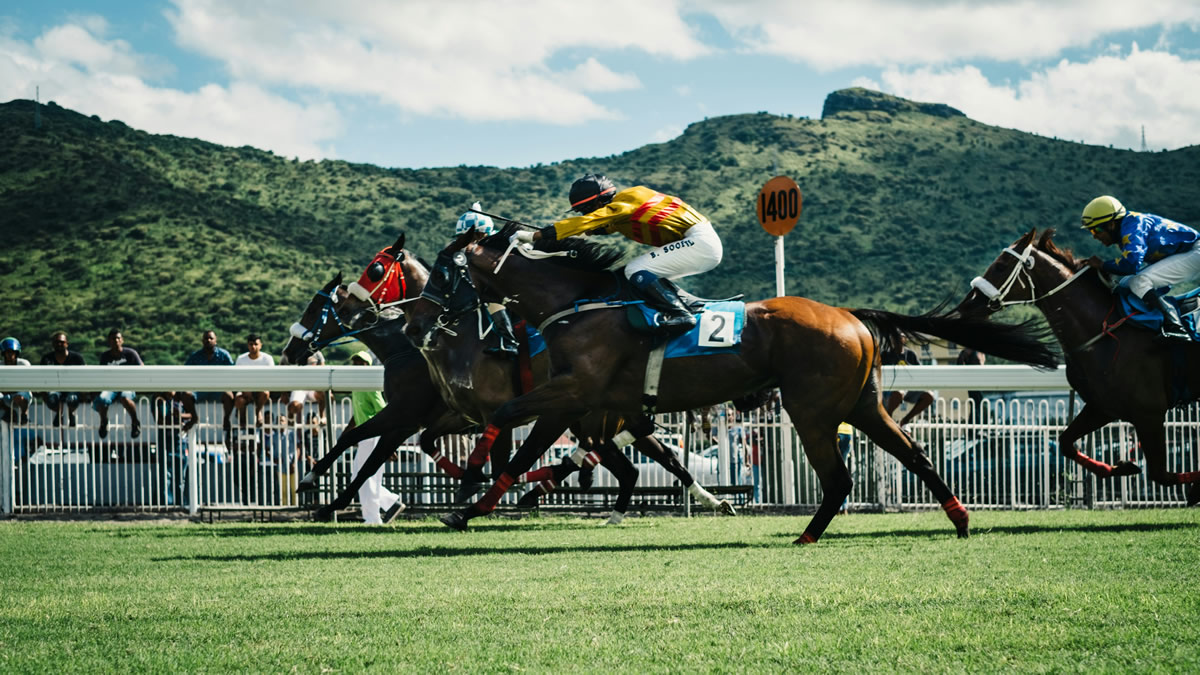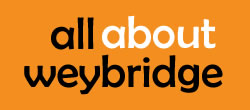Features of Horse Racing in Britain That Horse Lovers Should Know About
If you’re a fan of horse racing, you should check out the way it’s done in Britain. The Brits have a long history with the sport, and some particular features that anyone interested in the sport should learn about.
Let’s take a look at some of the distinguishing features of horse racing in the country. If you get to the point where you become an expert on the way it’s done in Britain, you could even try your hand at betting on horses or even on live golf betting through ggbet or a similar site.

Primary types of racing
In Britain, there are two primary types of racing: flat and jumps. The challenges of each of them both have to do with the strength and endurance levels of the horses, as well as the skill of the riders. For each type, there are different skills required.
Flat racing
As the name suggests, flat racing takes place on a level racecourse of varying distances, depending on the race. Distances are measured in “furlongs,” with each furlong being 201m. Races can be anywhere from 402m to 4828m, and different races measure different aspects of horses’ speed and stamina. Unlike harness racing, horses are not required to wear a harness.
Flat racing can take place on different types of surfaces. They can be on natural or artificial grass, or a dirt course. Flat racing courses generally take place in the summer.
Jump racing
Jump racing is the other major kind of racing that is practiced in the UK. Technically, jump racing takes place all year round, although in reality the races usually happen during the fall, winter, and spring.
In jump racing, horses have different kinds of obstacles that they jump over. These include the following:
- Arrowheads – These are inverted triangle-shaped fences, also known as chevrons, that are several feet wide. They are sometimes used together, along with other obstacles, to make courses even more challenging for the rider.
- Banks – In this type of race, there are steps that go up and down to different levels. They can be set up as single jumps, or as increasing levels to provide a greater challenge for riders.
- Bounces – These fences, which are also known as no-strides, involve two fences that are close enough together that horses cannot run between them. Horses must jump over one or the other; in other words, they must “bounce” between the two of them. Bounces are constructed according to the sizes of the horses that will participate in any given race. The greater the size of the horse, the greater the distance between the bounces is.
- Brush Fences – With brush fences, there are bases with brushes on top of them through which horses must jump. It requires a different kind of skill than jumping over the top.
Particular characteristics of British racing horses
There are also some fun facts that you might not know about the horses that are used in British races. In fact, they are all of a very particular sort. All of the horses that take part in the big races have their origins in three thoroughbred horses. The gene pool is very similar, which helps to level the playing field and make for truly exciting races. All horses are thoroughbreds.
Horses have been bred in such a way as to make their hooves particularly small. Shoes wear out quickly and have to be replaced on at least a monthly basis.
Races also have age restrictions for the horses to make them as equitable as possible. Officially, all horses’ birthdays are marked on January 1.
Famous British races
There are several races that are held annually that Britain is famous for. These include the following:
The Derby
The Derby is the most well-known flat race in the country. Named after the 12th Earl of Derby. It takes place every year on the first Saturday of June at the Epsom Downs Racecourse The Derby has been a tradition for over 240 years, and it attracts spectators from far and wide. In 2023, the winner received £892,160 in prize money.
The Royal Ascot
The Royal Ascot is a race that began in 1839, and has been held almost every year since then. It takes place in June of each year on the famous Ascot racecourse. As the name suggests, the event is attended by the royals, and it involves a great deal of fanfare and high fashion.It takes place over the course of five days, and involves a series of flat races. The prize amount is now at £10 million.
The Grand National
The Grand National is the most prestigious part of the three-day National Hunt race that takes place every year outside of Liverpool. The race has raised a fair amount of controversy over the years, with many people believing it is too difficult and strenuous for the horses involved. It involves two laps of a four and a half mile course that includes 30 fences. The winner gets £1 million in prize money.
Cheltenham Festival
The Cheltenham Festival takes place in March each year at the Cheltenham Racecourse. Possibly because of the nearness of St Patrick’s day, the race attracts both English and Irish horses. It is quite extensive in scope, with 28 races being held over the course of four days. The prize money is also quite high, with the winner getting £625,000 in rewards.
Get your tickets now
The most exciting part about horse racing is witnessing the races first-hand. If you get the chance, try to plan a trip to one of these exciting races yourself. There’s nothing like witnessing the skill and speed of the horses and jockeys as they rush past you.
If this isn’t an option for you, you can check out the races on TV or online. Once you learn the distinguishing characteristics of the races, the horses, and the riders, you’ll gain a greater appreciation for the sport. And you might even be able to get lucky in putting your money on one of the horses.
